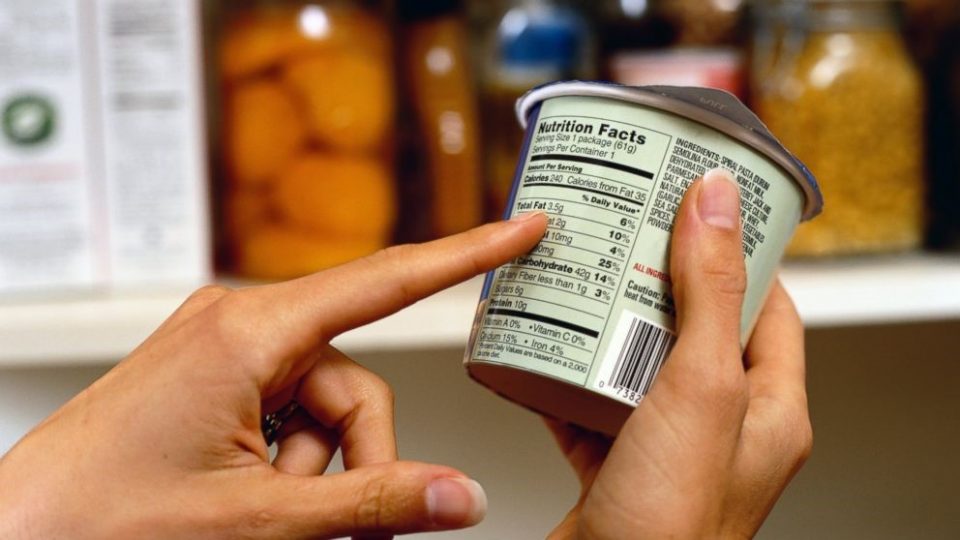As we move forward into the future, the European Union (EU) is gearing up for new regulations that will impact the way food products are labeled and presented to consumers. The evolving landscape of consumer awareness, health concerns, and technological advancements has prompted the need for updated rules to ensure that consumers have access to clear and comprehensive information about the food they purchase. In this article, we explore the anticipated changes and what they mean for both food manufacturers and consumers.
**1. Front-of-Pack Labeling: One of the significant shifts expected in the upcoming regulations is a focus on front-of-pack labeling. The EU is considering standardized labeling formats that provide at-a-glance information on key nutritional components. This move aims to empower consumers to make healthier choices effortlessly.
**2. Digitalization of Information: With the advent of technology, the new regulations are likely to explore ways to integrate digital solutions into food labeling. This could involve the use of QR codes or other digital tools to provide consumers with in-depth information about the product, including sourcing, manufacturing practices, and sustainability efforts.
**3. Sustainability and Environmental Impact: The EU is increasingly recognizing the importance of sustainability, and the new regulations may require food manufacturers to disclose information about the environmental impact of their products. This could include details on packaging materials, carbon footprint, and other eco-friendly initiatives.
**4. Extended Allergen Disclosure: In response to the growing prevalence of food allergies, the upcoming regulations may demand more extensive disclosure of allergen information. This could involve an expansion of the list of allergens requiring highlighting and a more detailed breakdown of specific components within complex ingredients.
**5. Nutrient Profiling and Health Claims: To promote healthier food choices, the new regulations might introduce stricter criteria for nutrient profiling. Additionally, there could be revisions to the rules surrounding health claims, ensuring that they are evidence-based and do not mislead consumers.
**6. Harmonization of Labels Across Member States: To create a more uniform market and enhance cross-border trade, the EU may emphasize the harmonization of food labels across member states. This could simplify compliance for manufacturers operating in multiple countries and improve consistency for consumers.
**7. Novel Foods and Emerging Technologies: As the food industry explores novel ingredients and production methods, the regulations may need to adapt to ensure that these innovations are appropriately addressed in labeling. This could involve guidelines for labeling products derived from new technologies, such as lab-grown meat or plant-based alternatives.
Conclusion:
Change is on the horizon for food labeling in the European Union, reflecting a commitment to consumer well-being, environmental sustainability, and technological advancements. While these anticipated regulations aim to empower consumers with more information, they also present challenges for food manufacturers to adapt their labeling practices. Staying informed and proactive will be key for businesses to navigate the evolving regulatory landscape successfully. As we await the official announcement of these regulations, the food industry should prepare for a future where transparency and consumer-centric information take center stage on every product label.



